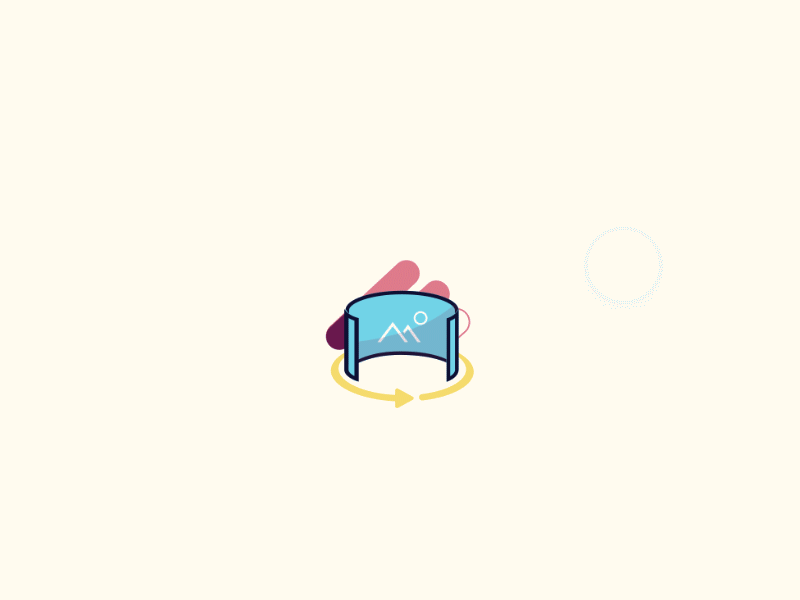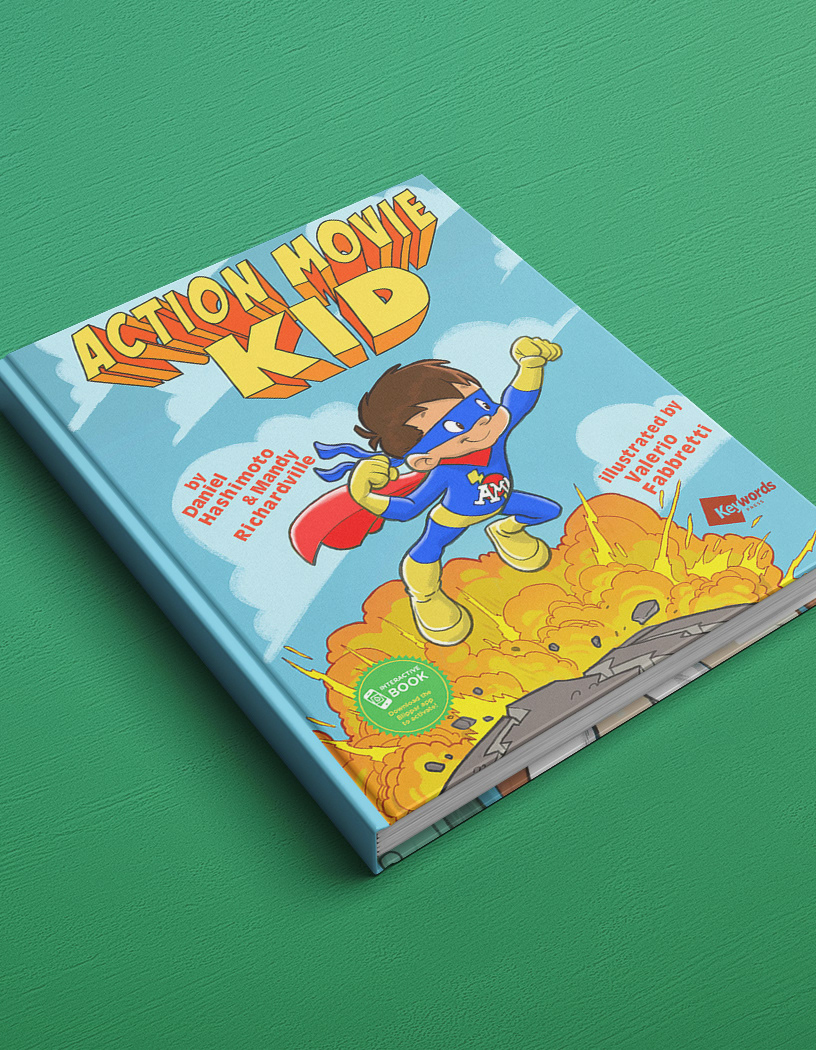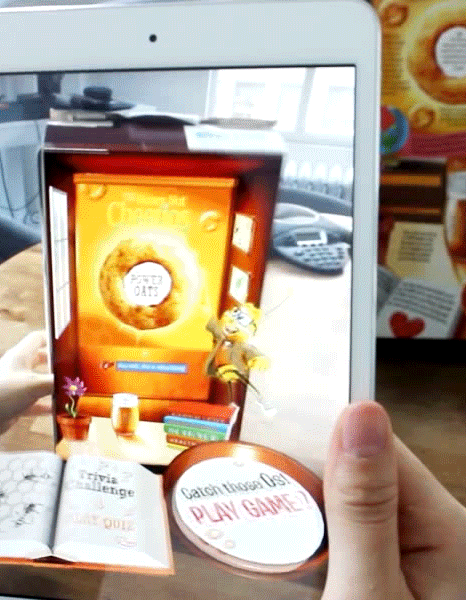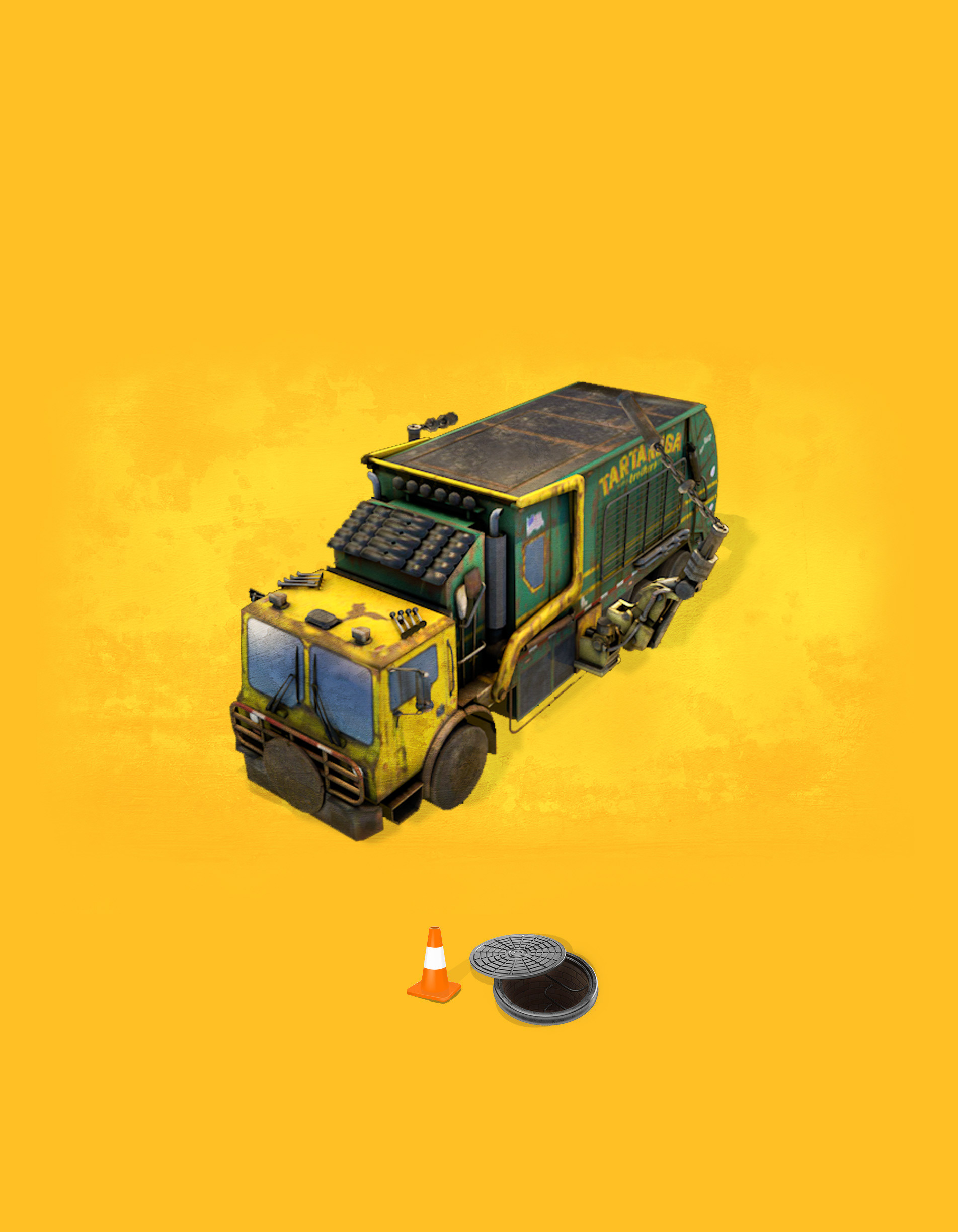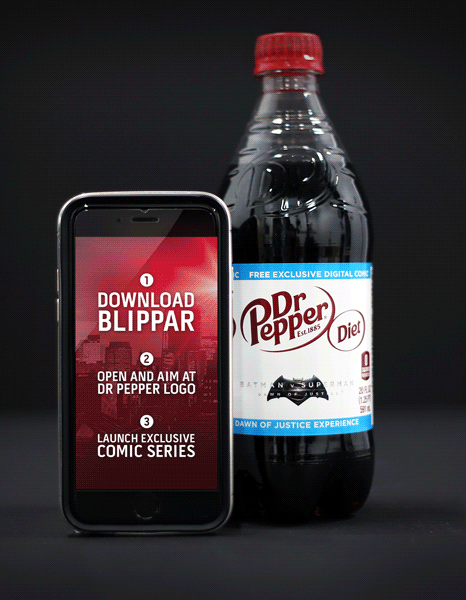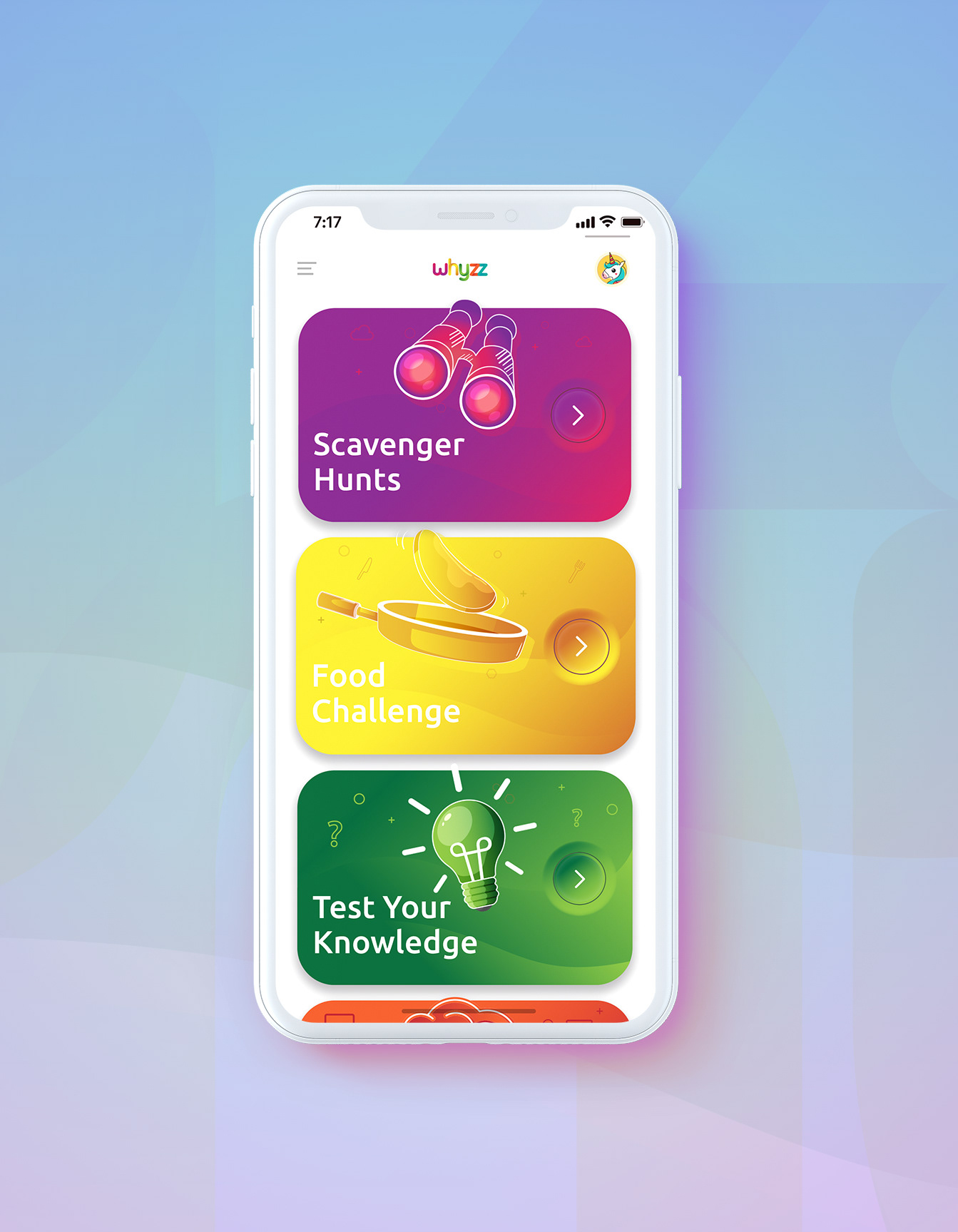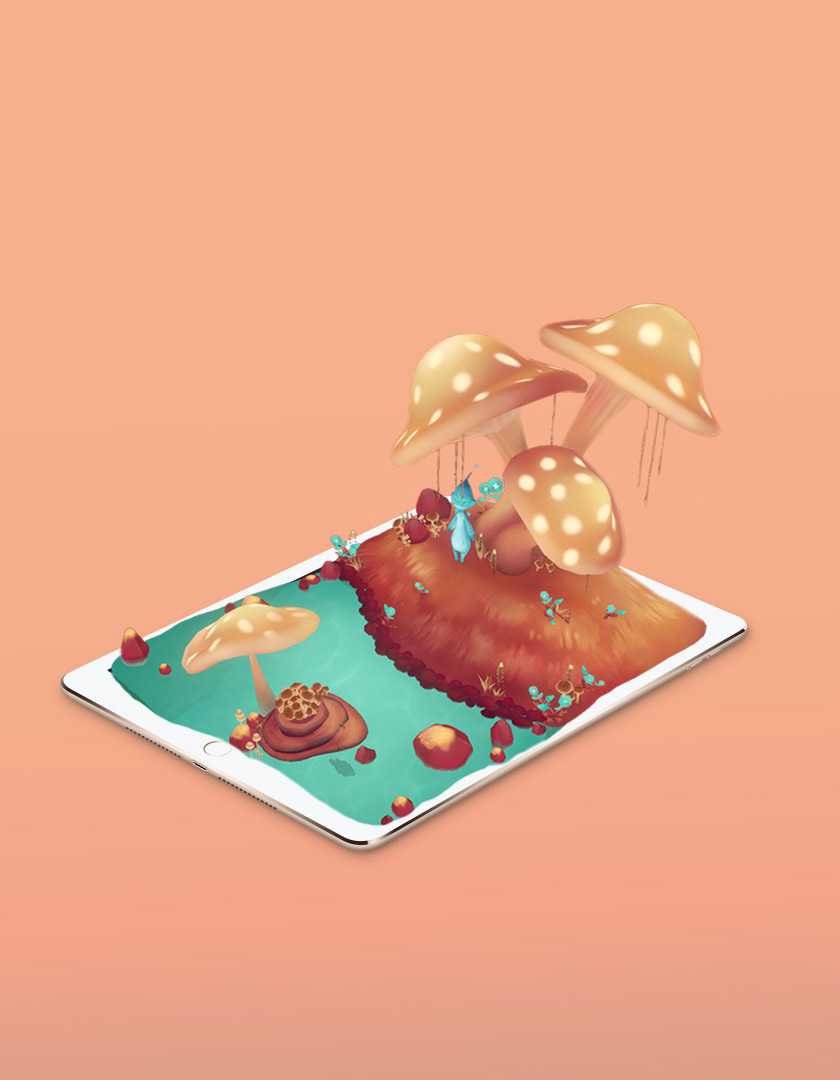SVRF: Cross Platform For Immersive Content
My Role: Lead Product Designer Agency: SVRF
Deliverables: Brand ( identity), Organizational Structure + Underlying workflow infrastructure, Developer API Site, IOS MVP App, Main Website 2.0 (cross-functional)
A community where anyone can discover and share immersive content. My role in the team was to help lead the restructuring of the brand and create a more distinctive style that best represented the team's core values. I also helped to create a framework for the overall design and production pipeline along with revamping the existing website and creating new interfaces for upcoming products.
- - Breakdown below - -
Background
As media goes beyond flat surfaces to spatial environments, how do we adapt to this new emerging complex content and ensure that it is accessible from anywhere.
Typical for a startup atmosphere, I had to play many hats for this lead Designer role as we tackled several problems from re-branded to launching a mvp ios AR filters. I was to reshape the modern day website to become a flexible seamless immersive hub from whom audience members can search, shar, and access from anywhere. Making it seamless with any device including headsets.
This project is in-complete due to funding but I would like to share my insights and progress that I have discovered while trying to create a new UI system for immersive content.
Design Challenges
This was a very large undertaking for both design and developers. There was a lot of groundwork to be done especially for the Website 2.0 on the backend including further research into WebGL and cross-browser capabilities since they were still in test modes especially concerning face filters and VR/AR in browsers. Being a start-up, SVRF had limits on available resources that were needed for investment into engineering tasks such as AI. We sought to divide our work into phases: current and future features for each product per platform.
We were designing for a cross-platform solution to assist in future emerging technologies as current tech mainly caters to a flat device platform. There wasn't a product that improve the efficiency of that user experience for cross platforms in one place. The main step is to first dissect what is currently existing and divide their strengths and weaknesses. Devices themselves aren't the only limits but the existing behavior and interactions that have been around for generations is the hardest hurdle to overcome.
Some overall challenges:
• How can we make all immersive content accessible from any device?
• . . . tasks like searching and sharing effortless to do?
• . . . decrease the cognitive load?
• . . . make a personal connection between the user and the media?
• . . . tasks like searching and sharing effortless to do?
• . . . decrease the cognitive load?
• . . . make a personal connection between the user and the media?
Iterate Ideas and validate
Understanding all the data in context helped me start to build a mental model of missing loops and some behavioral patterns of the current audience.
Challenges:
1. Assumptions on current user behavior and organizational standards, even adding to what is the optimal evolution of that too
2. What problem are users turning to our product to solve?
After evaluating the existing design and doing generative research to define the problem, I went straight away to quantitative methods like surveys and existing data. I combine all my research to identify and validate the problems through creating journey maps, user scenarios, affinity mapping, card sorting, and lo-fi wireframes of the entire experience. During this process, I mainly co-create and receive feedback from the team, developers, and my advisor. This had an impact on the product by catching small things earlier on and making small improvements to avoid that messy/last minute scenario that usually happens in the implementation phase.
My initial sketches and lo-fi prototyping were focused on searchable media and feedback in fewer steps than possible for that positive first impression. I experimented when it might be relevant to activate features by voice and different gestures.
Everyone in the target audience doesn't always know what they are looking for. Need to recommend related media to the person's preferences. Through this we were able to categorize the types of users into 3 major groups: Browsers, Creators, Brands. Each with their own objectives and needs.
Design Decisions
Areas of focus: Landing, Filters, Search, Navigation, Categories, Results
While creating this ecosystem, it's good to keep in mind the unique gestures and patterns for each device/platform including future tech and frameworks still in development, especially those concerning immersive content. The goal is to reduce onboarding and keep it seamless based to the user's needs.
Integrating universal behavior in the interface, can reduce the need
for intensive onboarding.
We created easy to use search filters and discovery features that can cater to the user's needs. Building upon their unique interests through suggestions and content uploaded.
Result: Users have a better mental model when searching for the content they need
Instead of restricting users to abide one way of organization, I decided on trying to find ways to give them the freedom of how and when they want to see the content.
Result: Users (testing) felt more relief and less confusion. When presented with options and flexibility , the fear of a new learning curve lessens greatly. Since most interactions are what they are use to in their other day-day tech.
It was an interesting project to conceptualize and help design. You can easily forget how complicated designing for immersive content can be with all its moving, interchangeable parts during planning phase. Being in a start-up always has the probability things will shift greatly, but it was a good exercise for my coworkers who were very new to the UX research process and for me to practice teaching it. Collecting data, recommendations, explore potential features, behavioral patterns, and taking risks all made for a very memorable experience in gaining growth through learning in a short time. Despite setbacks, I grew a lot and kept proactive with my team on communication and feedback to ensure an efficient workflow.
What I would look into further:
Machine learning for personalized recommendations
Advance filtering system
More qualitative research and a/b testing before and after launch
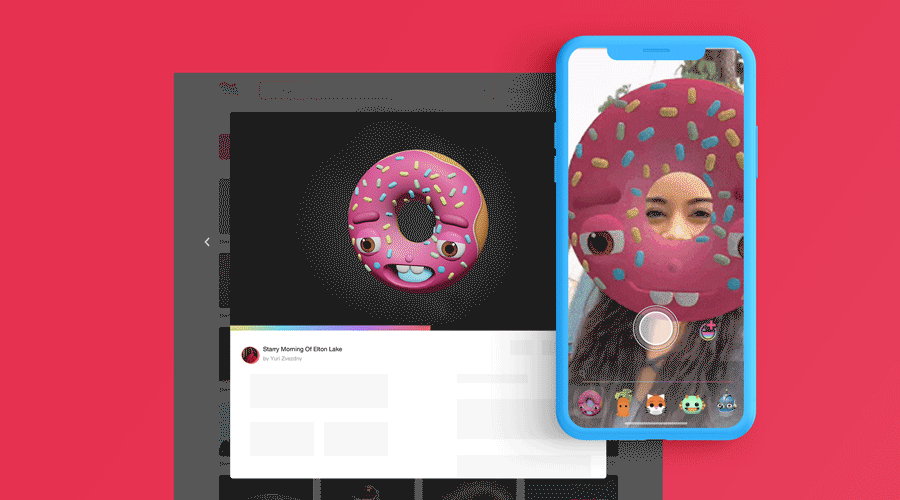
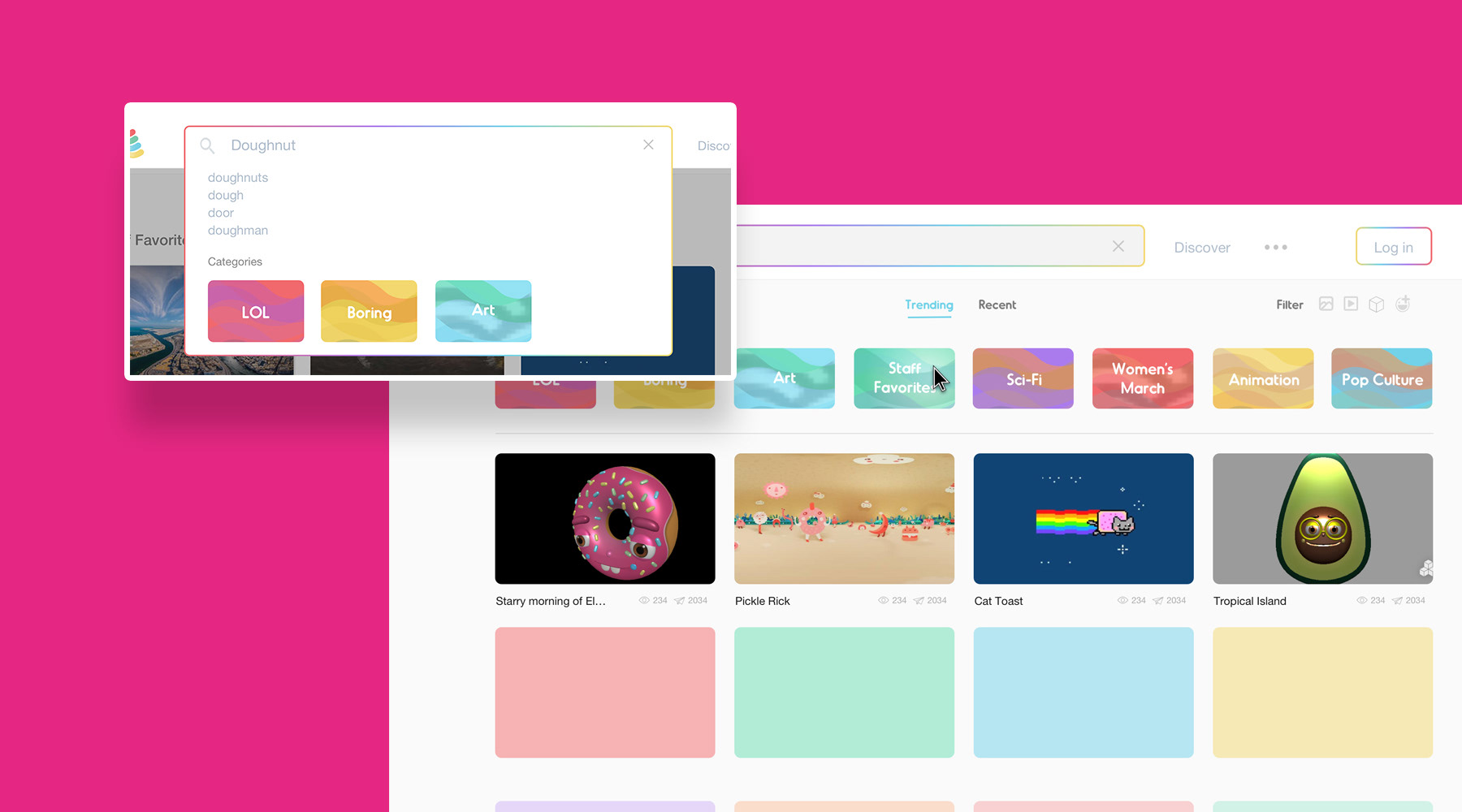
IOS MVP
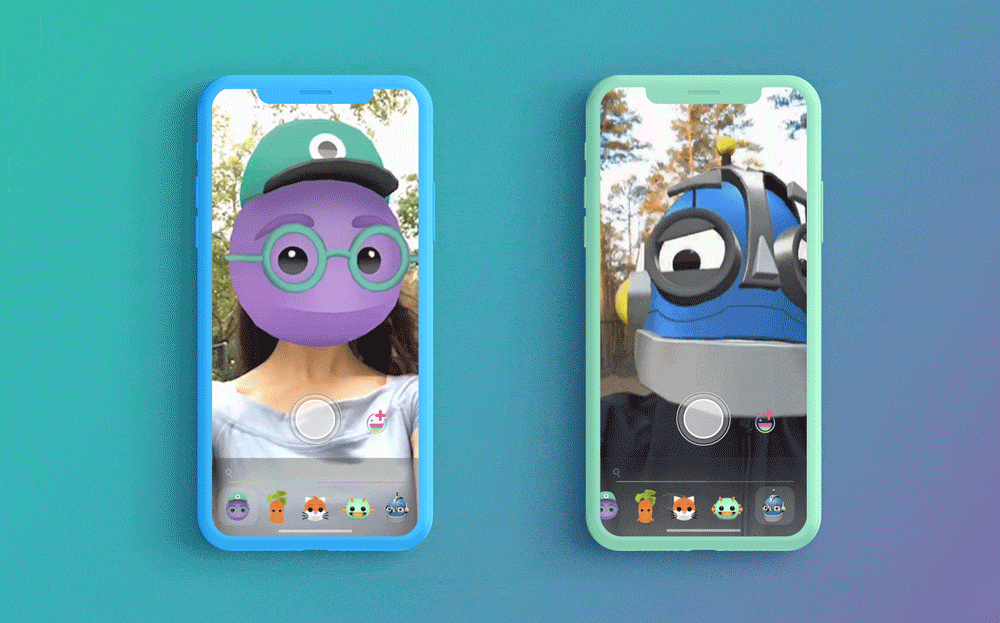
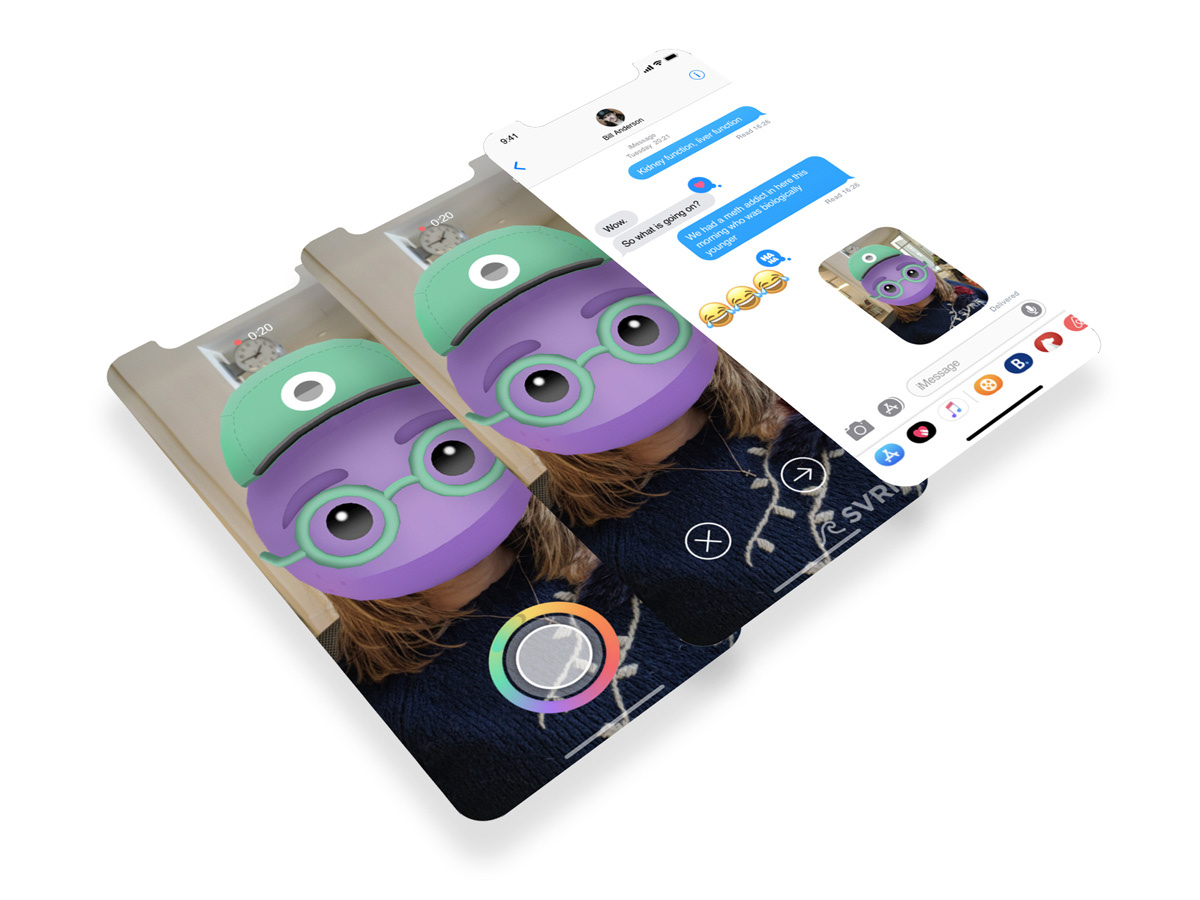
DEV API LANDING

